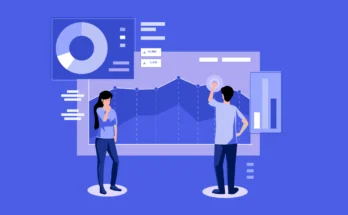In today’s digital age, social media influencers play a significant role in shaping consumer behavior and influencing purchasing decisions. With the increasing emphasis on follower count as a measure of influence, some influencers are turning to the practice of buying 2500 instagram followers to boost their perceived popularity and credibility. This trend raises questions about the role of influencers in shaping the landscape of purchased followers and its implications for the industry.
Driving Factors Behind Influencer Purchases:
Perceived Popularity: Influencers are under pressure to maintain a large following to attract brand collaborations and monetization opportunities. The perception of popularity, often measured by follower count, is crucial for securing lucrative partnerships.
Competitive Landscape: In a saturated market, influencers face stiff competition for attention and brand deals. Buying followers may be seen as a shortcut to stand out among competitors and gain a competitive edge in the industry.
Monetization Opportunities: Higher follower counts can translate to increased earning potential through sponsored content, affiliate marketing, and brand partnerships. Influencers may resort to buying followers to enhance their appeal to potential collaborators and command higher rates.
Impact of Influencer Purchases on Industry Trends:
Normalization of the Practice: As influencers buy followers to inflate their numbers, the practice becomes increasingly normalized within the industry. This normalization perpetuates the cycle of purchasing followers as a means of gaining influence and credibility.
Shift in Perceptions: The prevalence of purchased followers among influencers may alter perceptions of authenticity and credibility within the influencer marketing ecosystem. Consumers and brands alike may become more skeptical of follower counts as a measure of influence, leading to a reevaluation of the metrics used to assess an influencer’s impact.
Ethical Considerations: The rise of influencer purchases raises ethical concerns regarding transparency and authenticity in influencer marketing. Influencers who engage in the practice risk damaging their credibility and integrity, potentially alienating their audience and losing trust with brands.
Navigating the Role of Influencers in Bought Follower Trends:
Focus on Authenticity: Influencers should prioritize authenticity and genuine engagement with their audience over vanity metrics such as follower count. Building meaningful relationships with followers based on trust and credibility is essential for long-term success in influencer marketing.
Transparency and Disclosure: Influencers who engage in the practice of buying followers should be transparent about their actions and disclose any purchased followers to their audience and brand partners. Transparency builds trust and fosters accountability in influencer-brand relationships.
Value of Quality Over Quantity: Brands should shift their focus from follower count to the quality of engagement and influence demonstrated by influencers. Collaborating with influencers who have genuine connections with their audience and a track record of driving meaningful results can lead to more effective and authentic partnerships.
Conclusion:
The role of influencers in buying 2500 Instagram followers trends reflects the evolving dynamics of influencer marketing and the pressures influencers face in maintaining relevance and profitability in a competitive landscape. While the practice may offer short-term gains in perceived popularity, its long-term implications for authenticity and credibility warrant careful consideration. Influencers, brands, and industry stakeholders must navigate these trends with transparency, integrity, and a focus on building genuine connections with audiences to ensure the continued success and sustainability of influencer marketing.




